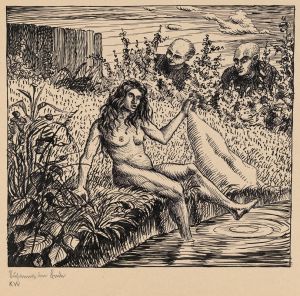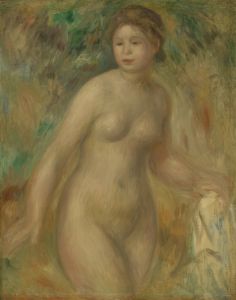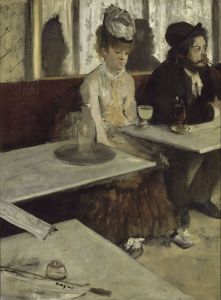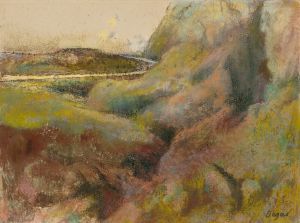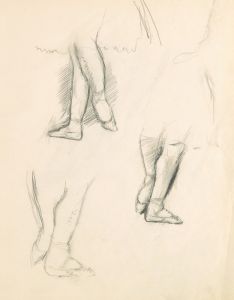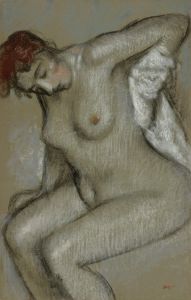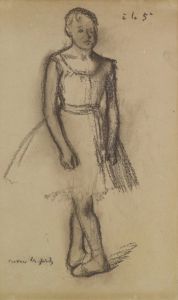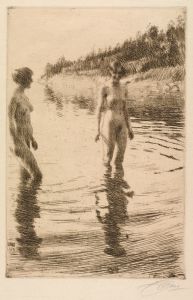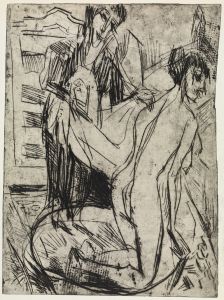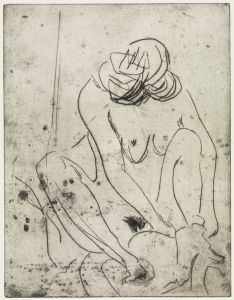
After the bath, woman drying herself
A hand-painted replica of Edgar Degas’s masterpiece After the bath, woman drying herself, meticulously crafted by professional artists to capture the true essence of the original. Each piece is created with museum-quality canvas and rare mineral pigments, carefully painted by experienced artists with delicate brushstrokes and rich, layered colors to perfectly recreate the texture of the original artwork. Unlike machine-printed reproductions, this hand-painted version brings the painting to life, infused with the artist’s emotions and skill in every stroke. Whether for personal collection or home decoration, it instantly elevates the artistic atmosphere of any space.
After the Bath, Woman Drying Herself is a pastel artwork created by the French artist Edgar Degas. Degas, a prominent figure in the Impressionist movement, is renowned for his innovative approach to depicting the human form, particularly in intimate and private moments. This artwork is part of a series of works in which Degas explored the theme of women engaged in bathing or grooming activities, a subject he revisited frequently during the later stages of his career.
The piece portrays a nude woman drying herself with a towel, captured in a moment of natural, unposed movement. Degas's focus on the female figure in such private, everyday activities reflects his interest in realism and his desire to depict life as it is, rather than idealized or romanticized versions of it. The composition emphasizes the curves and contours of the woman's body, rendered with Degas's characteristic attention to anatomy and movement.
Degas employed pastel as his medium for this work, a technique he mastered and used extensively in his later years. Pastels allowed him to achieve a rich texture and vibrant color palette, which are evident in this piece. The soft, layered strokes create a sense of depth and warmth, enhancing the tactile quality of the scene. The background is often simplified or abstracted, drawing the viewer's attention to the figure and her actions.
This artwork is notable for its candid and voyeuristic perspective, a hallmark of Degas's bathers series. Rather than presenting an idealized or traditional depiction of the nude, Degas's approach is more modern and unflinching, offering a glimpse into the private, unguarded moments of his subjects. This perspective was both celebrated and criticized during his time, as it challenged conventional norms of portraying the human figure in art.
The exact date of creation for After the Bath, Woman Drying Herself is not definitively known, but it is generally attributed to the late 19th century, likely in the 1880s or 1890s. This period marked a shift in Degas's artistic focus, as he increasingly turned to pastels and monotypes to explore themes of movement, intimacy, and the human form.
The artwork is housed in various collections, as Degas created multiple versions and studies of this subject. One notable version is part of the collection at the National Gallery in London. Degas's bathers series, including this piece, continues to be celebrated for its innovative approach to composition, use of color, and exploration of the human figure in everyday life.





